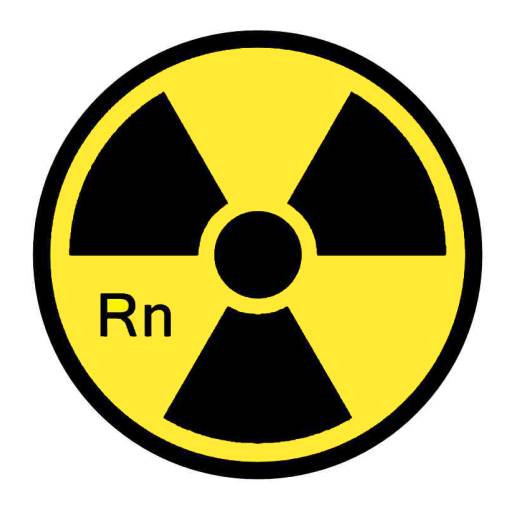This week is UK Radon Awareness Week. Firms are being urged to act now to comply with upcoming legislation reducing the maximum levels of radon permissible in the workplace.
From February 2018 changes to the Ionising Radiation Regulations 1999 (IRR1999) mean employers will have to adhere to a new lower radon exposure limit of 300Bq/M3 in the workplace, replacing the current 400Bq/M3 threshold.
Under the reforms, the HSE is also planning to overhaul how organisations notify the watchdog of unsafe levels of exposure.
As a result, organisations will need to pursue testing and remediation in the first instance, and will only be required to notify HSE once remediation shows levels cannot be reduced below the new 300Bq/m3 limit.
Raising awareness
In line with World Health Organisation recommendations, the measures are aimed at raising awareness of radon – a colourless, odourless and tasteless naturally occurring radioactive gas – which is the second largest cause of lung cancer and the third leading cause of premature deaths in the UK.
As Radon Awareness Week gets under way, it’s important for employers to ensure they have an adequate and appropriate strategy in place to protect employees and meet new safety standards.
Levels of radon gas vary across the UK depending on location and building type. The risk of radon exposure in a building increases dramatically if an employee’s workplace is in a geographic area of high radon activity such as Wales and Cornwall. Office space located in basements and lower ground floors is also more at risk due to poor ventilation.
Risk assessment
UK workplaces located below ground floors or in an area of high radon activity, and occupied greater than an average of an hour per week or 52 hours per year, must carry out testing as part of the radon risk assessment.
Specialist consultants are hoping that “the Radon Awareness Week, as well as upcoming changes to legislation, will finally put radon on the radar for many organisations.
“For years, we’ve come to know carbon monoxide as the ‘silent killer’. The reality is, however, that as the second leading cause of lung cancer in UK, radon exposure presents a much more pressing danger.
“The potential risk from radon affects all employees working at ground and below ground workplaces, which include offices, banks and retail premises in all geographic locations across all of the UK. Yet this risk is often overlooked, despite the well understood health implications associated with exposure to radon gas through a typical working day.
“To comply with new regulations, employers need to act now to ensure they have a robust and effective strategy in place to protect employees from radon exposure and to meet the imminent new safety standards.
“The good news is that it’s simple and cost-effective to measure radon levels and relatively straightforward, depending on the potential level of risk, to manage and mitigate the risks.”











